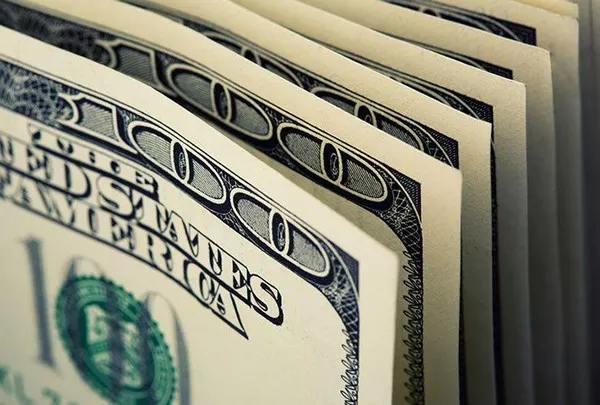The U.S. dollar edged higher in early European trade Tuesday, while sterling fell as U.K. house prices slumped sharply as rising interest rates weighed.
At 03:20 ET (07:20 GMT), the Dollar Index, which tracks the greenback against a basket of six other currencies, traded 0.2% higher at 101.865, after hitting a fresh three-week high of 102.07 the previous session.
Dollar helped by tighter credit conditions
The safe-haven dollar received a boost on Monday after a survey from the Federal Reserve showed U.S. banks reported tighter credit standards and weaker loan demand during the second quarter.
This news suggested that the rising interest rates were having an impact on the U.S. economy, hitting risk sentiment.
The greenback fell around 1% last month, its second straight losing month, on expectations that the U.S. central bank could shortly end its aggressive year-long tightening cycle.
Fed Chair Jerome Powell was at pains to point out the importance of upcoming economic data in the decision-making process, and thus focus is well and truly on Friday’s June jobs report for June, which is expected to confirm a healthy labor market.
Sterling falls as U.K. house prices drop by most since 2009
GBP/USD fell 0.1% to 1.2828 after data showed British house prices fell by the most since 2009 in the 12 months to July, with mortgage lender Nationwide stating the average house price was down 3.8% after a 3.5% annual fall in June, with a fall of 0.2% month-on-month.
This follows data from the British Retail Consortium, released Monday, showing that prices in U.K. stores fell for the first time in two years.
These data points suggest that rising interest rates are having an impact on the British economy, slowing the highest inflation in the developed world, and could pressure the Bank of England to ease its tightening cycle.
That said, the BoE is widely expected to hike interest rates once more on Thursday, for what would be the 14th consecutive time.
EUR/USD fell 0.2% to 1.0972 after Spanish manufacturing PMI dropped to 47.8 in July, falling from 48.0 the prior month and indicative of the difficult conditions the eurozone’s manufacturing base is struggling with.
Aussie slumps after RBA stands pat
AUD/USD fell 1% to 0.6652, with the Australian dollar falling sharply after the Reserve Bank of Australia kept key interest rates unchanged at 4.1%, disappointing those who had expected for a 25-basis-point hike with inflation still well above the bank’s target range.
The RBA flagged the potential for more rate hikes in the coming months, but given the slump in the Aussie dollar this will come later than many had expected.
USD/JPY rose 0.3% to 142.69, with the Japanese yen continuing to retreat, down to a 3-week low, in the wake of the Bank of Japan’s policy meeting last week at which the central bank shifted its yield curve control policy.


